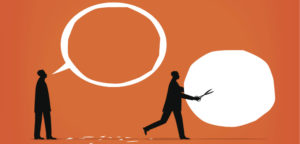
360 Degrees of Learning: Using Immersive Virtual Learning for Teaching
Due to the COVID-19 pandemic and subsequent stay-at-home orders, educational content delivery at the University of St. Augustine for Health Sciences (USAHS) transitioned from face-to-face learning to a virtual learning model in March 2020. With this new virtual environment, students at USAHS had limited opportunities











